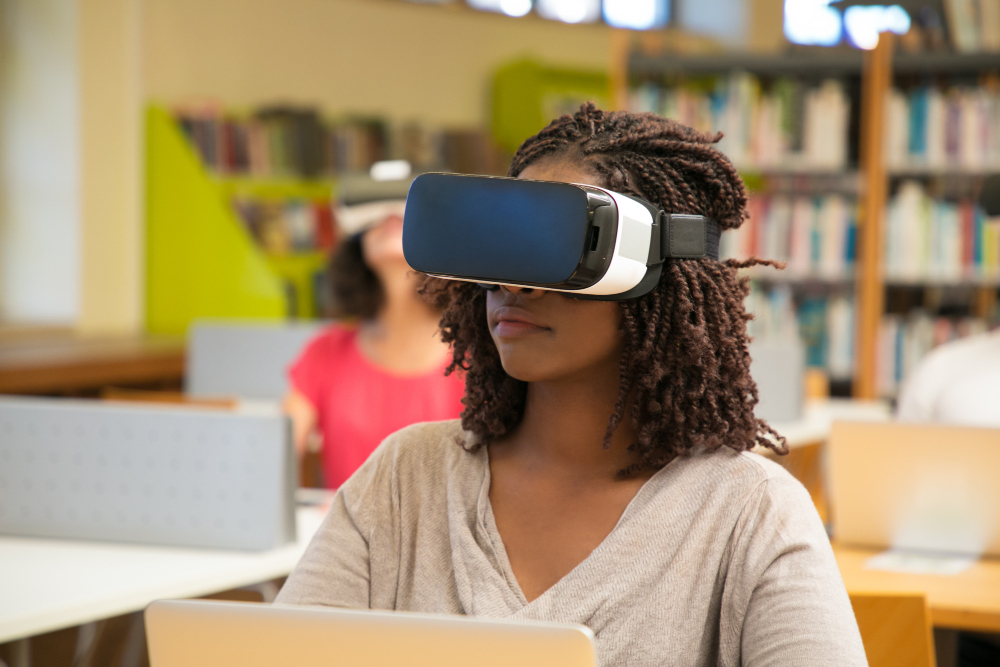
Create a SAFSIMS account in seconds.

On the International Day of Education 2025, we dived into a hot topic reshaping classrooms worldwide – Artificial Intelligence (AI) in education. This year’s theme, “AI and Education: Preserving Human Agency in a World of Automation,” couldn’t be more relevant.
AI isn’t just science fiction anymore. It’s in our schools, study routines, and lesson plans. From tools like ChatGPT, Perplexity AI, and Distinction AI, students and teachers alike are using AI for teaching and learning-related activities.
We conducted a poll, 79% of respondents said they’ve used an AI tool for schoolwork or teaching. Unsurprisingly, ChatGPT dominated with 86% popularity, but other tools like Gemini AI, Claude, Bard, and Distinction AI are gaining traction.
For teachers, AI offers a chance to streamline grading, design personalized learning experiences, and automate repetitive tasks. For students, it’s a study buddy that can help with research, brainstorming, and writing. But is it all smooth sailing?
We asked educators and learners how they feel about AI in education. The responses were divided.
These mixed emotions highlight a crucial reality. While AI can improve education, it also brings challenges that we can’t ignore.
Both teachers and learners raised important concerns about the growing role of AI:
These are valid fears, but they’re also opportunities for us to rethink how we use AI.
For educators, AI is a chance to save time and enhance lessons. But, it’s no substitute for human connection. Here’s how teachers can strike a balance:
AI can never replace the guidance, empathy, and insight a teacher brings to the classroom.
AI is a great tool for students, but it’s not a shortcut to success. Here’s how to make the most of it:
When used wisely, AI can help students grow into more independent, innovative thinkers.
AI is here to stay, and its role in education will only grow. As we embrace these tools, we must ensure they enhance human agency instead of replacing it. Education is, at its heart, about people. It’s about teachers who inspire, students who strive, and communities that support them.
UK:
167-169 Great Portland Street, 5th Floor, London, W1W 5PF
Dubai:
R5 – 011 Cluster R, Retail Level,
Jumeirah Lake Towers, Dubai, UAE.
info@flexisaf.com